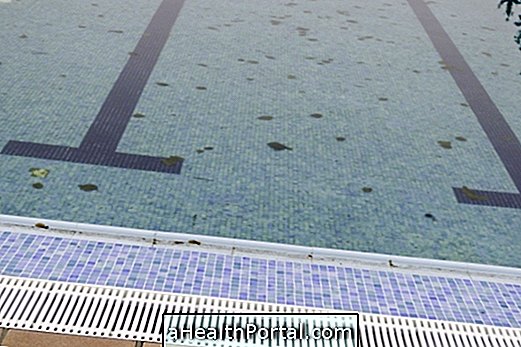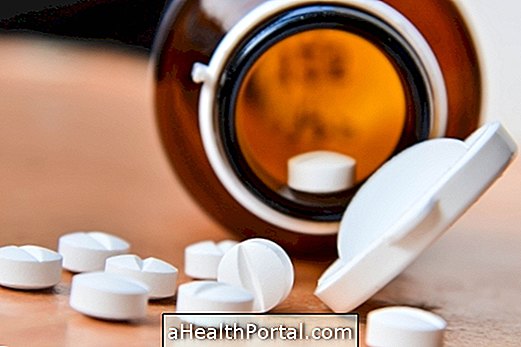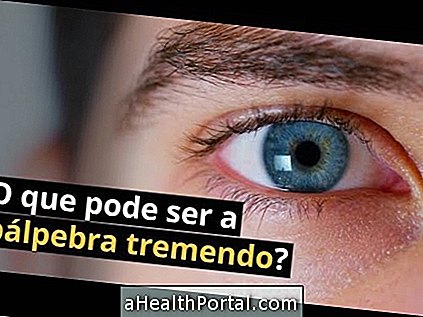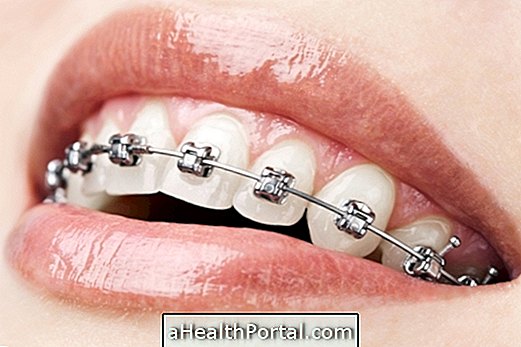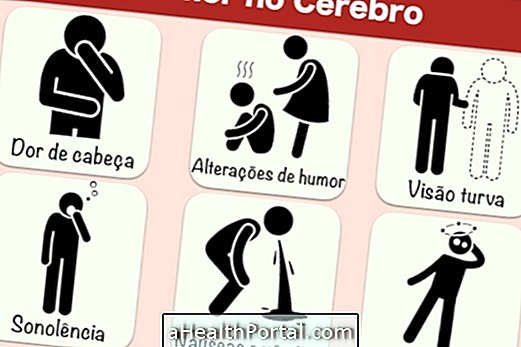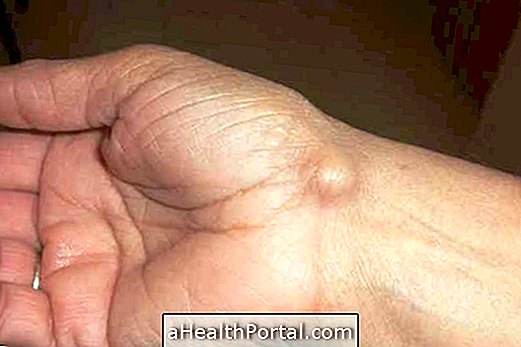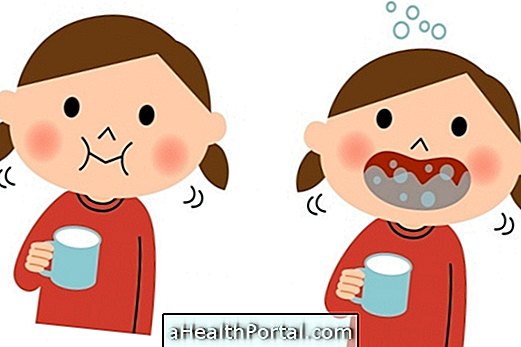Cerebral ischemia or ischemic stroke occurs when there is a decrease or absence of blood flow to the brain, thus decreasing the amount of oxygen that reaches the organ and characterizing the picture of cerebral hypoxia. Cerebral hypoxia can lead to severe sequelae or even death if not identified and treated as soon as the first symptoms appear, such as drowsiness, paralysis of the arms and legs, and changes in speech and vision.
Brain ischemia can happen at any time during physical activity or even sleeping, and is more common to occur in people who have diabetes, atherosclerosis and sickle cell anemia. Diagnosis can be made based on imaging exams such as MRI and CT.
There are 2 types of cerebral ischemia, they are:
- Focal, in which a clot blocks a brain vessel and prevents or slows the passage of blood to the brain, which can lead to the death of cells in the region of the brain that has been obstructed;
- Global, where all blood supply to the brain is compromised, which can lead to permanent brain damage if it is not identified and treated quickly.
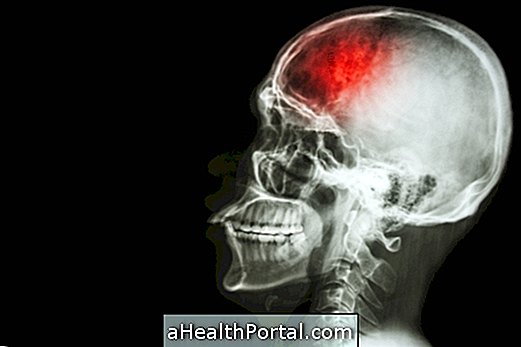
Main symptoms
The symptoms of cerebral ischemia can last from seconds to longer periods and can be:
- Loss of strength in arms and legs;
- Dizziness;
- Tingling;
- Difficulty in speaking;
- Headache;
- Nausea and vomiting;
- High pressure;
- Lack of coordination;
- Unconsciousness;
- Weakness on one or both sides of the body.
The symptoms of cerebral ischemia should be identified as soon as possible for treatment to begin, otherwise permanent brain damage may occur. In transient cerebral ischemia the symptoms are transient and last for less than 24 hours, but should also be treated clinically.
What is transient cerebral ischemia
Transient cerebral ischemia, also called mini-stroke, occurs when there is a decrease in blood circulation in the brain in a short time, usually lasting about 24 hours, and requires immediate care as it may be a sign of more severe cerebral ischemia.
Transient ischemia should be treated according to medical guidelines and is usually done with vasodilators and changes in eating and living habits, such as physical exercise and decreased intake of fats and alcohol, and avoid smoking. Learn how to identify and treat a mini-stroke.

Possible sequelae of cerebral ischemia
Cerebral ischemia may leave sequelae, such as:
- Weakness or paralysis of an arm, leg or face;
- Paralyze all or one side of the body;
- Loss of motor coordination;
- Difficulty swallowing;
- Reasoning problems;
- Difficulty speaking;
- Emotional problems, such as depression;
- Blindness;
- Fragility in bones;
- Permanent brain damage.
The sequelae of cerebral ischemia vary greatly from one individual to another and depend on the time it was taken to start treatment, and it is often necessary to follow a physiotherapist, speech therapist or occupational therapist to improve the quality of life and prevent sequelae are permanent.
Possible causes
The causes of cerebral ischemia are closely related to the person's lifestyle. Thus, people who have atherosclerosis, diabetes and high blood pressure, which are diseases related to eating habits, are at greater risk of cerebral ischemia.
In addition, people who have sickle cell anemia are also more likely to suffer from decreased oxygenation of the brain because the altered form of red blood cells does not allow for proper transport of oxygen.
Problems related to coagulation, such as platelet stacking and coagulation disorders, also favor the occurrence of cerebral ischemia, since there is a greater chance of obstruction of a cerebral vessel.
How is the treatment and prevention of cerebral ischemia done?
The treatment of cerebral ischemia is done considering the size of the clot and the possible consequences for the person, and the use of clot-diluting drugs, such as Alteplase, or surgery may be indicated. Treatment should be performed in the hospital so that blood pressure and intra-cranial pressure can be monitored, thus avoiding possible complications.
In addition to the use of medications, it is important to seek the help of a physical therapist, speech therapist or occupational therapist to improve the person's quality of life and avoid permanent damage. See how the physiotherapy for stroke is done.
After hospital discharge, good habits should be maintained so that the risk of a new cerebral ischemia is minimal, that is, attention must be paid to food, avoiding fatty foods and salt, performing physical activities, avoiding the consumption of alcoholic beverages and stop smoking. There are some home remedies that can prevent stroke because they have properties that keep blood from becoming too thick and forming clots. Learn more about natural treatment to prevent stroke.





